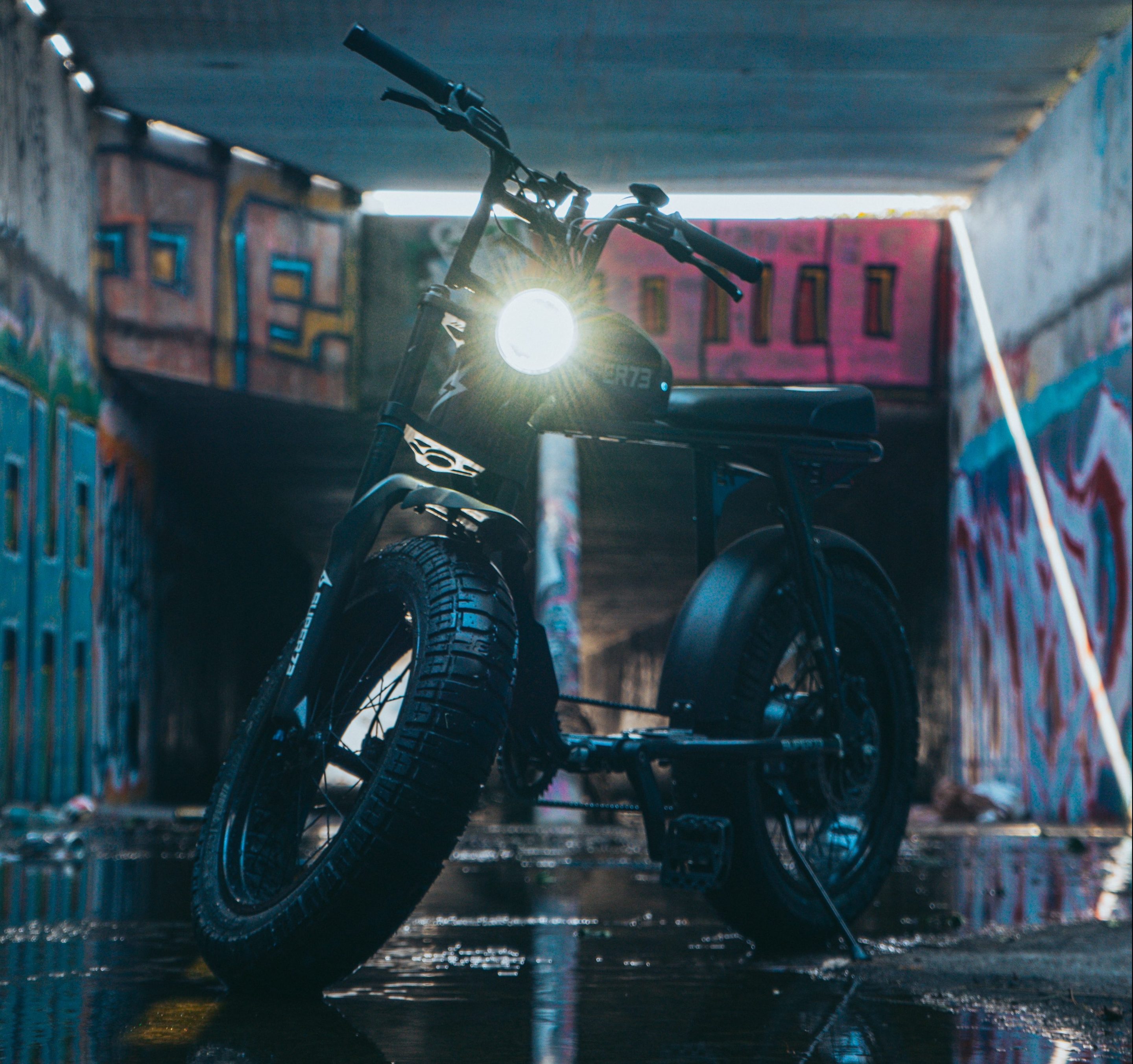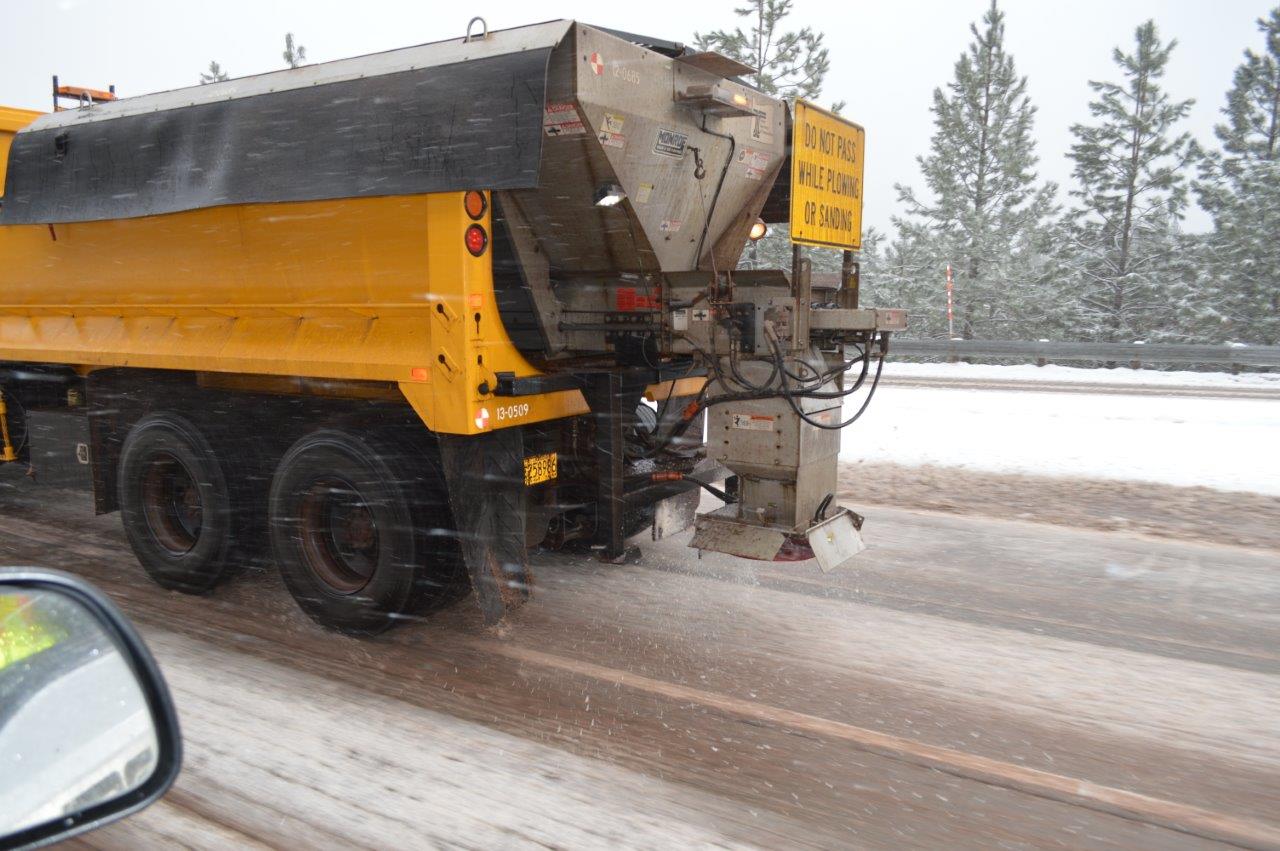In recent weeks, the New York Times published a series of alarmist articles warning about the possible dangers of e-bikes, slamming manufacturers for marketing their products to children and teenagers to deadly results, and questioning whether pedal-assist vehicles should require licenses or other regulations more commonly associated with automobiles.
To read these four stories — three of which were written by technology reporter Matt Richtel, with a fourth written in response to his series by Soumya Karlamangla — one would think the e-bike industry is an unregulated Wild West, rife with mustache-twirling capitalists eager to cash in on loopholes in U.S. transportation law with no regard for consumer safety. For an author who literally won a Pulitzer Prize for his analysis of the systemic drivers of the distracted driving crisis, though, Richtel asks surprisingly few questions about why so many e-bike riders are dying, beyond interrogating the features of the bikes themselves — and in the process, he falls into some of the biggest pitfalls of a rapidly-emerging genre: the Bad E-Bike Article.
Here are four common tropes to look out for to help you spot Bad E-Bike Articles in the wild — and how to call them out.
1. Blaming e-cyclists — or their e-bikes — for drivers hitting them
Blaming victims of traffic violence for their owns deaths — a classic move of the Bad Bike Article genre, not to mention Bad Pedestrian Articles, Bad Scooter articles, and so on — is nothing new. Way back in the 1930s, auto industry lobbyists ran an entire wire service specifically dedicated to writing news stories about car crashes for local papers that emphasized the role of "jaywalking" in pedestrian deaths, while deemphasizing driver negligence, deadly road design, and unsafe vehicles made by their own funders.
As Eletrek's Micah Toll pointed out, Richtel falls into another version of that classic victim-blaming trope in his description of the death of 15-year-old Brodie Champlain Kingman, who was struck by a driver on a road signed for 55 miles per hour, despite witnesses' accounts that he did "everything right," including wearing a helmet and using a hand signal before making a left turn.
Rather than examining the driver's role in the crash — or the designer of that deadly road with no bike lane — Richtel "seems to imply that the e-bike’s presence was the compounding issue, instead of reading into the author’s very own sentence to realize that the true problem was that the road didn’t have anywhere safe for cyclists to ride," Toll wrote.
Richtel never clarifies, though, how the mere presence of a battery and a motor on Champlain Kingman's bike contributed to the crash, aside from the fact that he personally believes that e-bikes "tempt young riders, untrained in road safety, to think they are safe mingling with high-speed auto traffic." (Hot take: maybe the bigger problem is the presence of high-speed auto traffic in neighborhoods where children live, rather than the fact that children feel happy and confident riding bicycles — especially ones like Champlain Kingman, who by all accounts did have strong roadway training.)
Notably, his reporting also doesn't include any information about whether or not the driver was cited; the design, speed, or weight of the work van that motorist drove; the actual rates of e-bike "accidents" in the town where Champlain Kingman was killed, which Richtel claims are "on the rise"; or even whether those rates are explained by the rising popularity of the vehicles themselves or how drivers behave around them.
Those kinds of omissions are all clear hallmarks of the Bad E-Bike Article.
2. Spreading myths about modified e-bikes
If standard-issue e-bikes ridden by responsible riders were the only target of Richtel's concern, that'd be one thing. Much of his series, though, is devoted to drumming up alarm over a specific bogeyman of the e-bike universe: the souped-up super e-bike whose users have modified their rides to go nearly as fast as motorcycles.
Throughout the three articles, Richtel repeatedly draws readers' attention to how easy it is to remove the speed governor from some e-bikes by simply "cutting a wire or changing the limitation with a smartphone app"; Kalamanga even adds that "some can be made to approach 70 miles per hour." An entire article in the series is devoted to self-branded electric motorbike company Super73, which sells an "electric balance bike" for children capable of going 15 miles per hour, but which Richtel fears can be "easily altered" to achieve high speeds.
There's no evidence in any of the articles, though, that Super73 bikes or their competitors are actually being altered by many consumers. And it's hard to find evidence of the blistering speeds of which modified e-bikes are supposedly capable.
A quick search of e-bike "hot-rodding" forums — which we won't link to, because no one should do this on any bike they'll take on a public road, but are easy to find if you look — suggest that the simple e-bike mods described in Richtel's articles will generally only help riders reach speeds about 10 percent faster than the manufacturer's standard, a difference of two to three miles per hour. Dig deep in the forums, and you'll find evidence of a tiny handful of hobbyists who did modify their bikes to go faster than the legal maximum of 28 miles for a class three e-bike...at an estimated cost of around $6,000 in additional batteries and motor upgrades, rather than simply "clipping a wire."
None of this is to say, of course, that modified e-bikes are safe. But in a world where virtually every car in the road comes ready-made from the manufacturer with the ability to drive 60 miles higher than highest legal speed limit in the entire country — never mind the universe of other legal and broadly unenforced car modifications that endanger other road users — focusing so heavily on the modified e-bike boogeyman is a clear sign of a Bad E-Bike Article.
3. Conflating unsafe teen drivers with unsafe teen cyclists
Richtel is dead on about one thing in his series: teenage and early adult drivers are among the most dangerous users of U.S. roads, with fatality rates three times that of other road users and the highest rates of crashes of any age group. In a feat of mental gymnastics that would give Simone Biles a run for her money, though, the author then uses that stat to argue that young people should possibly face more restrictions to riding e-bikes, also known as a substantially less deadly alternative to the multi-ton vehicles they keep crashing.
“Driving is the most dangerous thing that most of us will do in our lives on a regular basis," Richtel added. "Now we’re adding in a product that adds speed and weight to bikes, with no training, no license, no registration, in a very, very risky traffic environment.”
Now, to be clear: the debate over e-bike safety for young riders is a critical and complicated one, even among e-bike enthusiasts. Some advocates and manufacturers like Super73 argue that light-weight, low-speed, high-quality e-bikes that are purpose-built for children's bodies can lower the barrier to entry to riding in general and give young riders the kind of confidence, independence, and joy that can help them fall in love with cycling for a lifetime. Others like Wired author Adrienne So argue that young riders "simply do not have the physical, mental, or cognitive maturity to safely operate high-speed motor vehicles," presumably whether those vehicles are e-bikes or cars.
Still others have argued that before it even thinks of getting children riding, the e-bike industry needs to reckon with the proliferation of cheap, unregulated components and faulty brake designs within its own ranks, as well as some companies' tendency to bury warnings against very young riders in the back of their owners' manuals. In a recent lawsuit against Rad PowerBikes, the family of 12 year-old Molly Steinsapir allege both were implicated in her 2021 death, as well as the fact that her e-bike allowed her to carry a passenger, which effected her vehicle's handling, and reach the top of a dangerously tall hill she likely wouldn't have been able to climb otherwise, and should have been strenuously advised against.
Those legitimate concerns, though, barely factor into Richtel's series, which instead explores the idea that e-bikes may be inherently unsafe for young riders, regardless of how they're designed, ridden, and regulated. That kind of blunt, sweeping analysis is a common feature of the Bad E-Bike Article — and it's obscuring an important, nuanced conversation with huge implications for the safety and independence of U.S. children.
4. Ignoring all the good e-bikes can do
Perhaps the worst thing about the Richtel series, though, is what's not in it: any mention of all the good that e-bikes are already doing for the world.
In 6 days, the NY Times has run 4 articles about e-bikes -- all negative.
— David Zipper (@DavidZipper) August 3, 2023
A few other stories the paper might consider:
🔹 E-bikes pollute far less than even electric cars
🔹 Compared to autos, e-bikes pose minimal risk to other people
🔹 Unlike cars, e-bikes provide exercise pic.twitter.com/L5dPg5hOHH
The frank truth is that, of all of the dangers the Times attributes to e-bikes — grisly crashes, lawless vehicle owners modifying their rides to be more deadly, lives abruptly stolen from children and teens — car drivers and the auto-centric systems that surround them are overwhelmingly more likely to be the culprit, as evidenced by the fact that nearly every crash mentioned across the four stories involves a driver. And unlike thousands of teen motorists every year, the teenagers who were brutally killed in these collisions didn't kill anyone else in the process, nor did they contribute to the pollution, sprawl, and staggering public health crises that are part and parcel of mass car dependency.
A Bad E-Bike Article doesn't just make e-bikes look bad; it erases all the harm that the mode can reduce by replacing car trips, particularly when supported by great infrastructure, policy, and education to match. Until papers of record start telling that story, though, we should probably all remain prepared to call out Bad E-Bike Articles when we see them.






